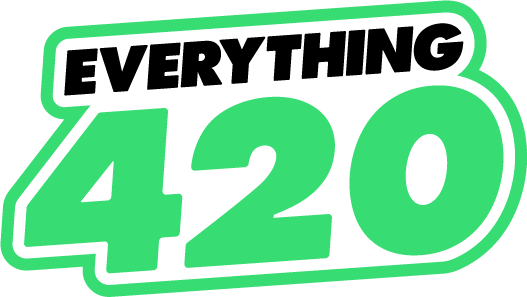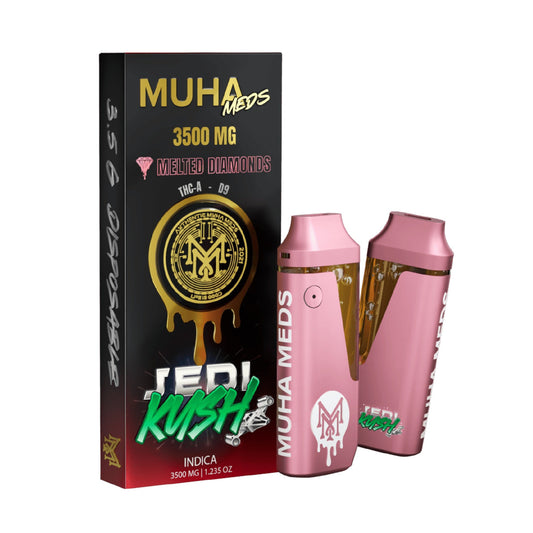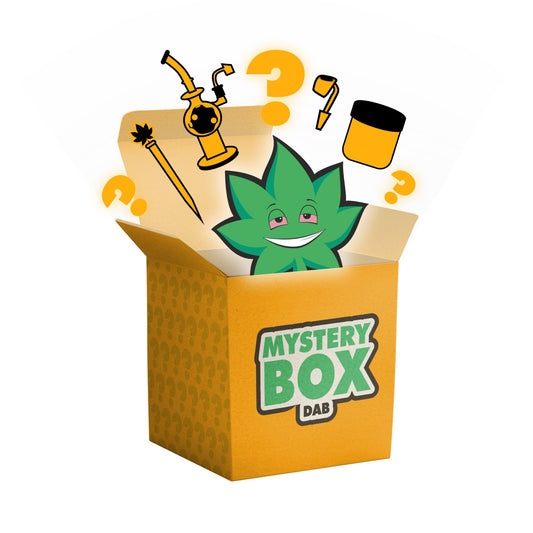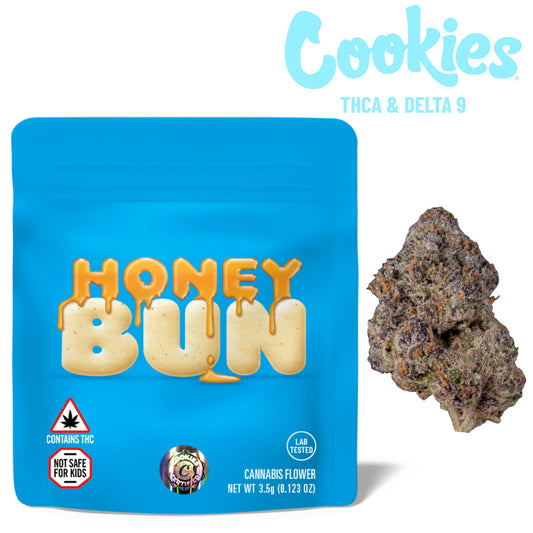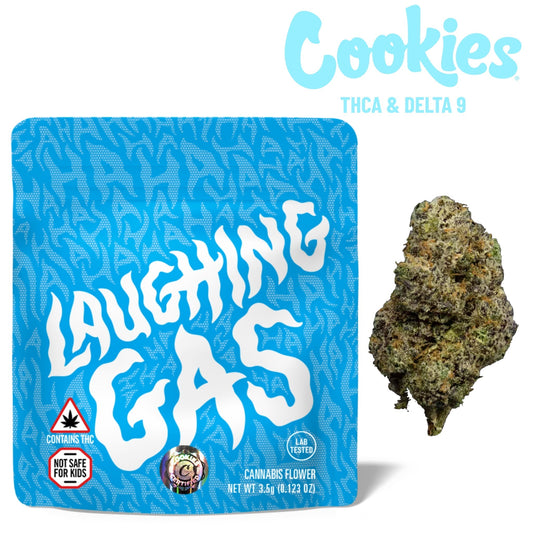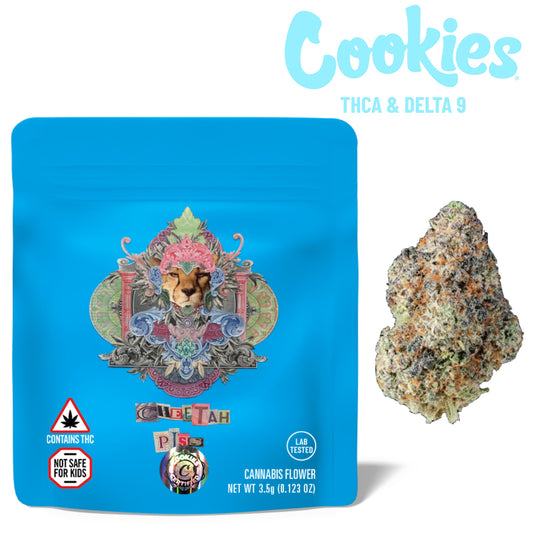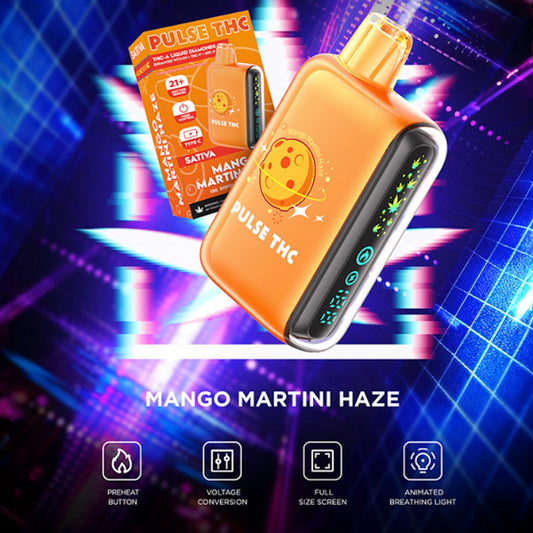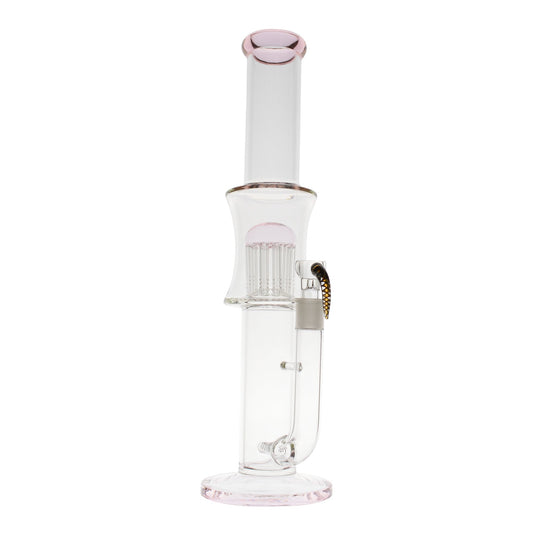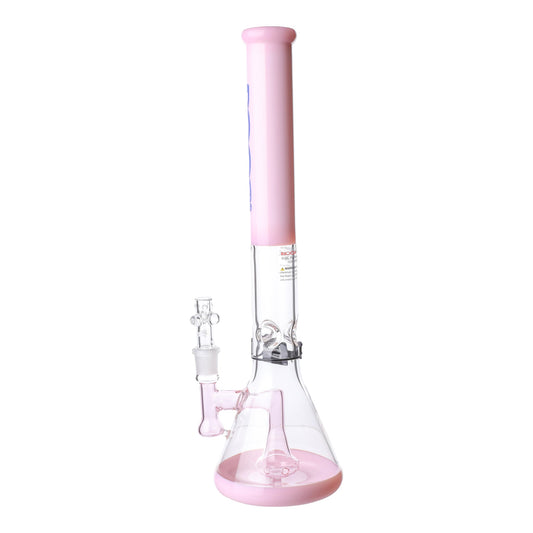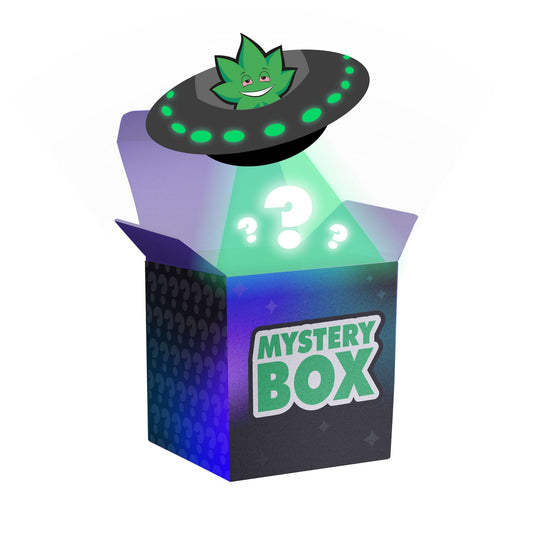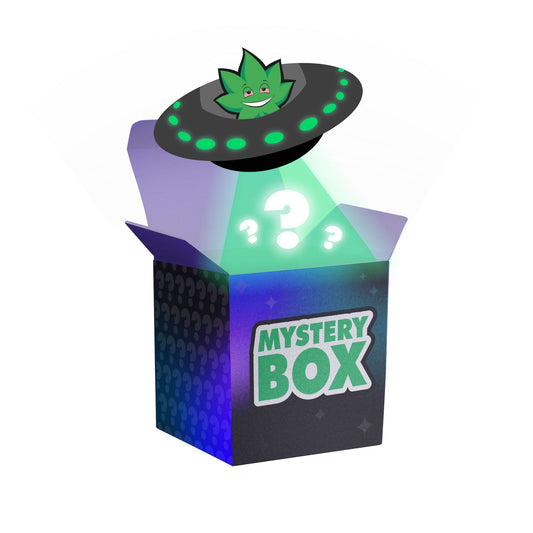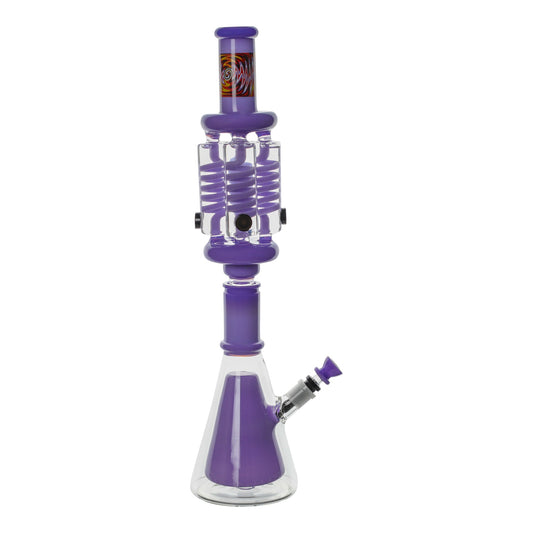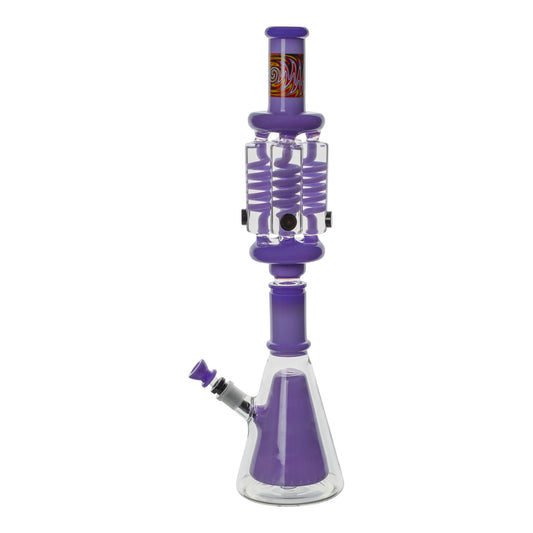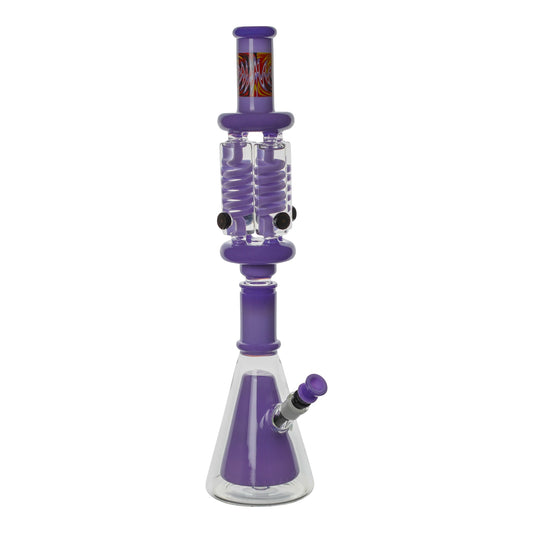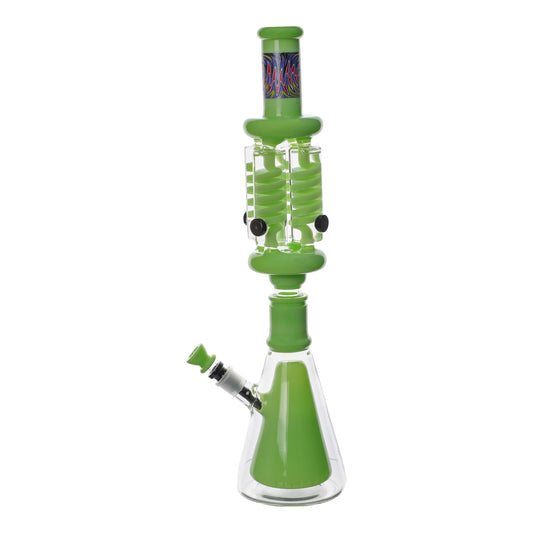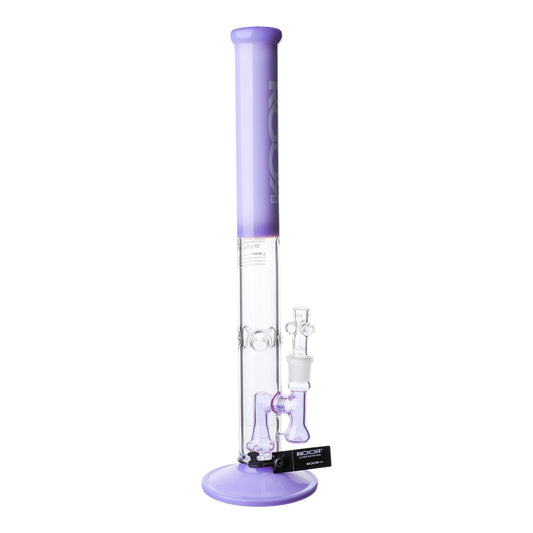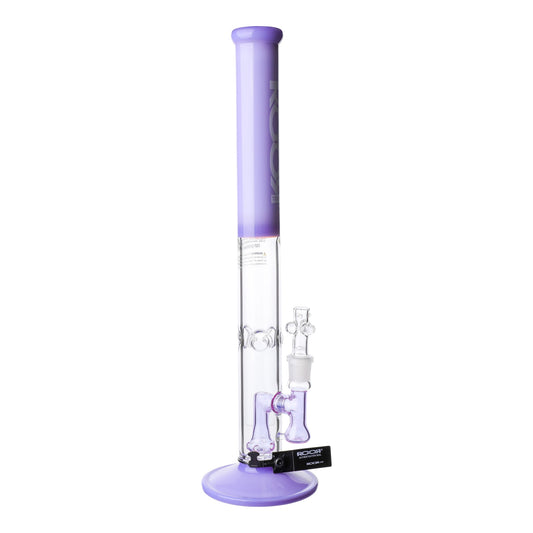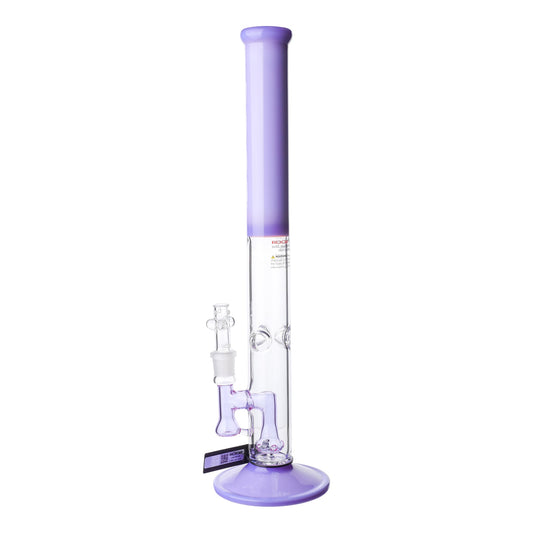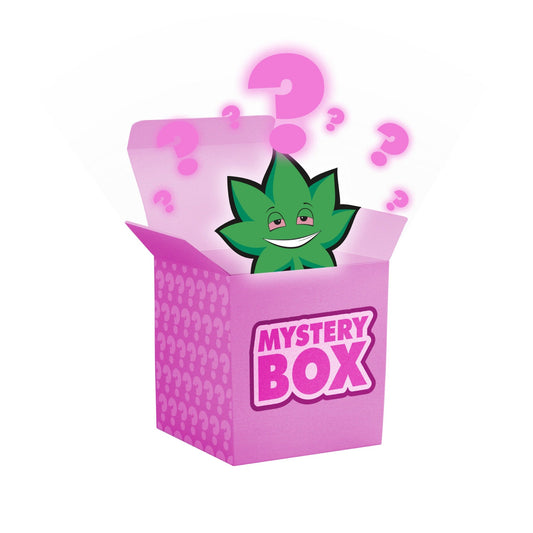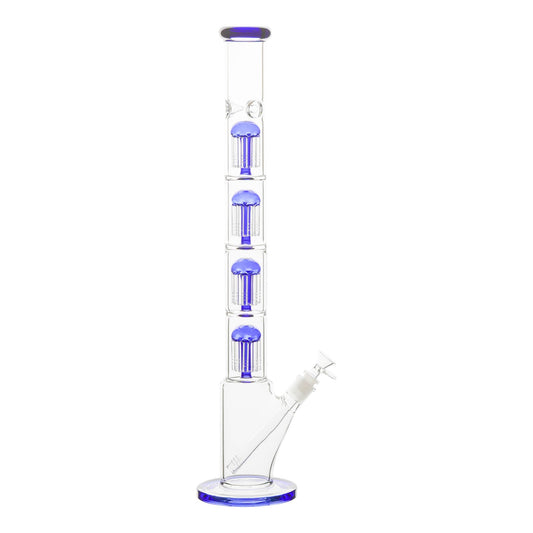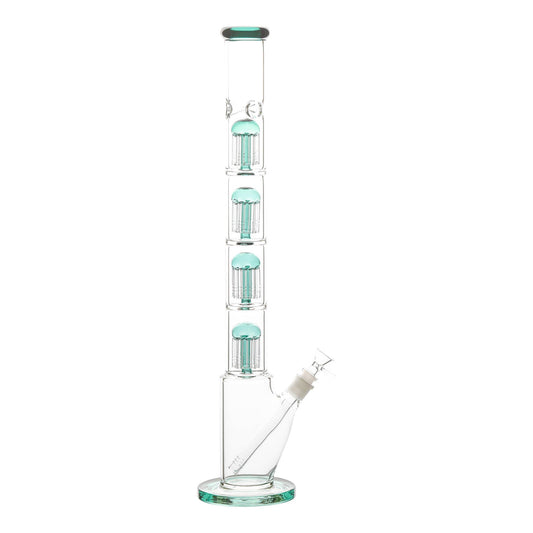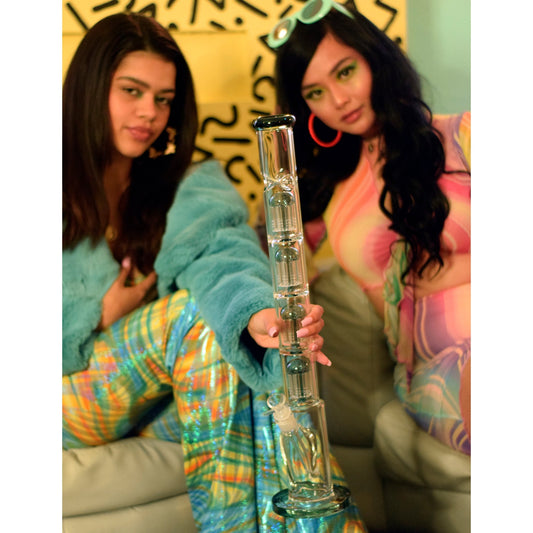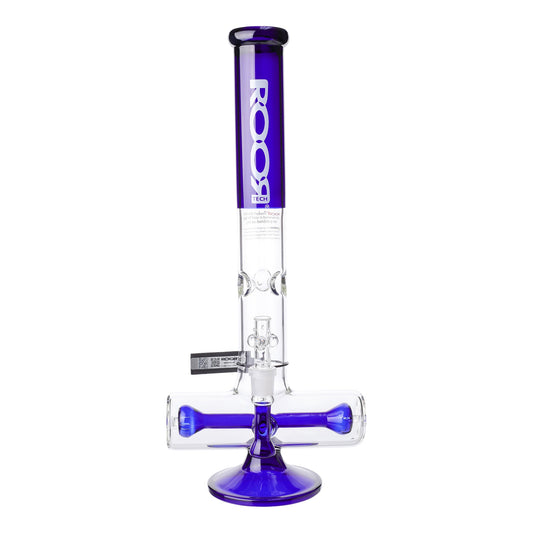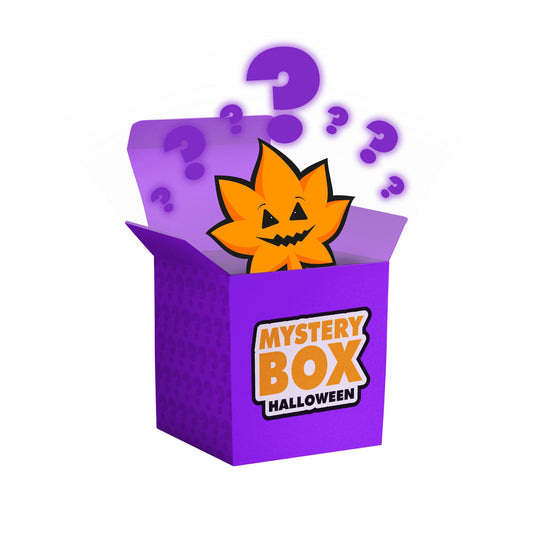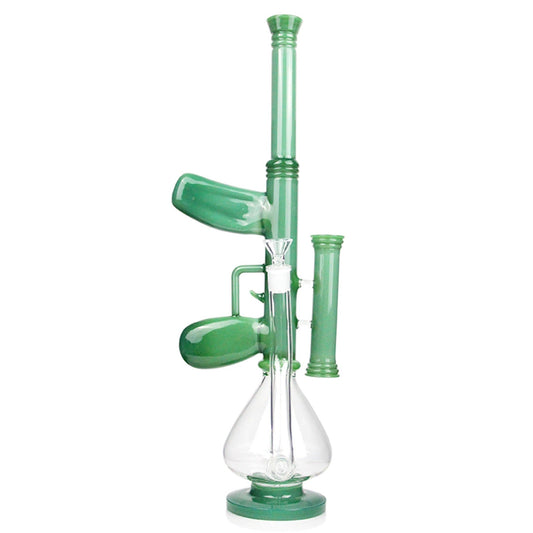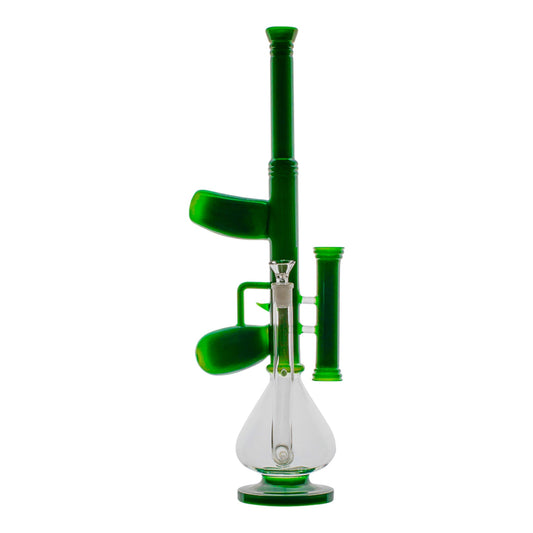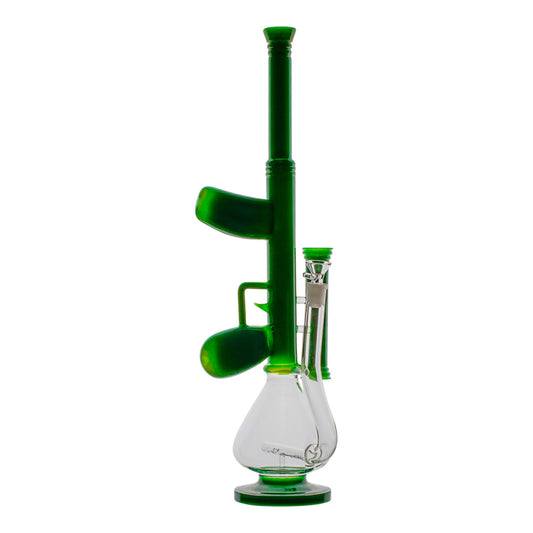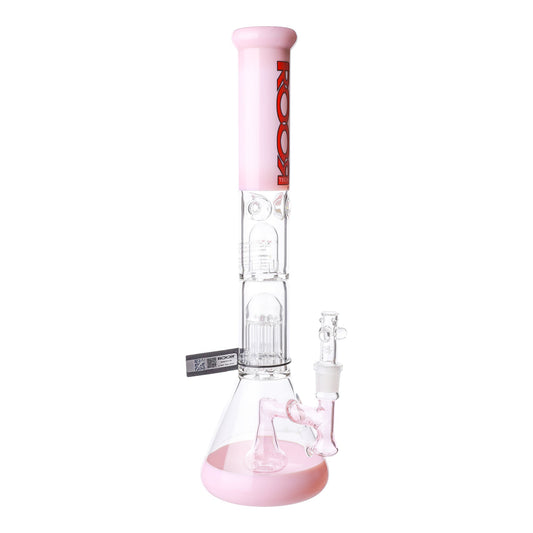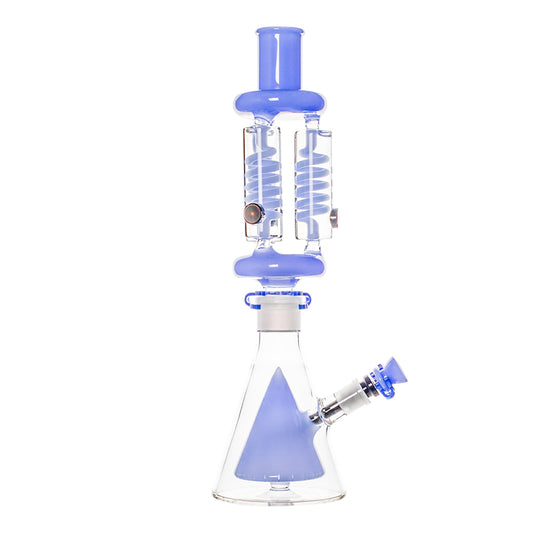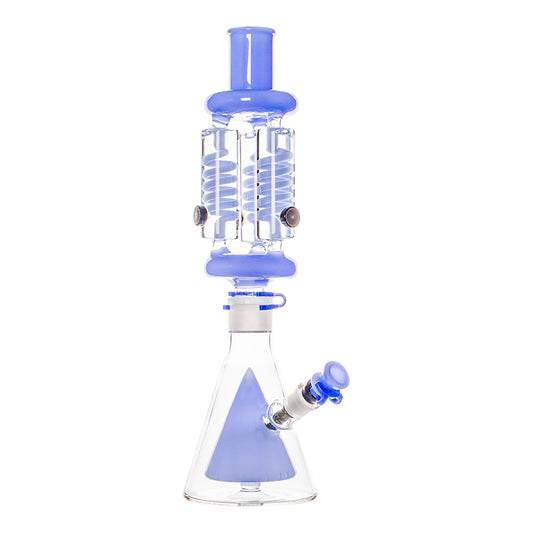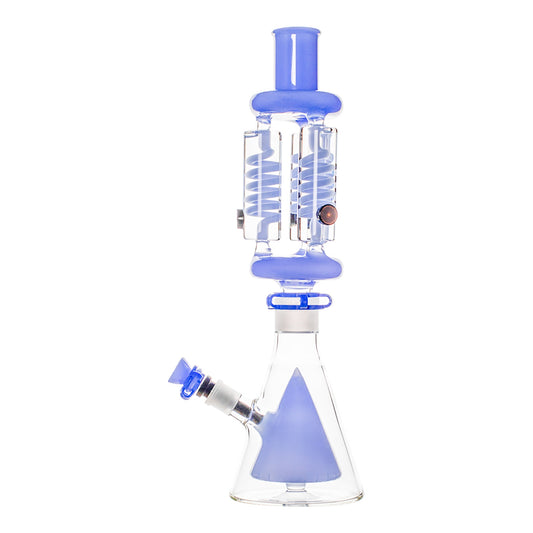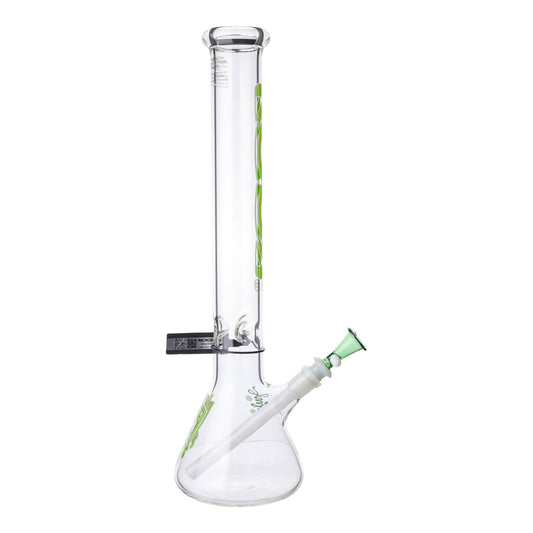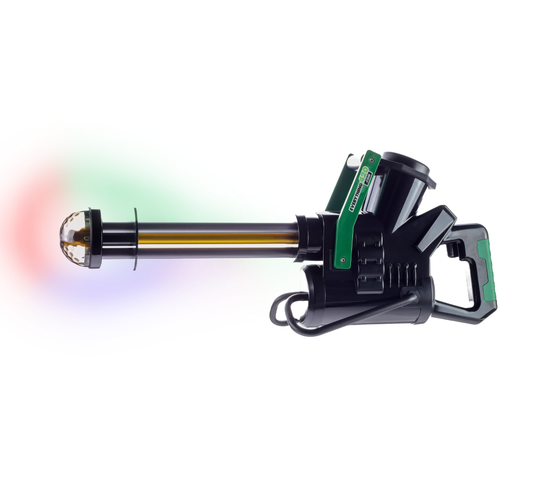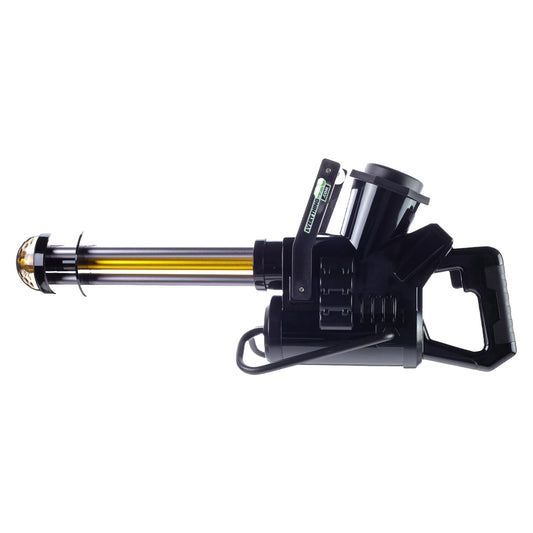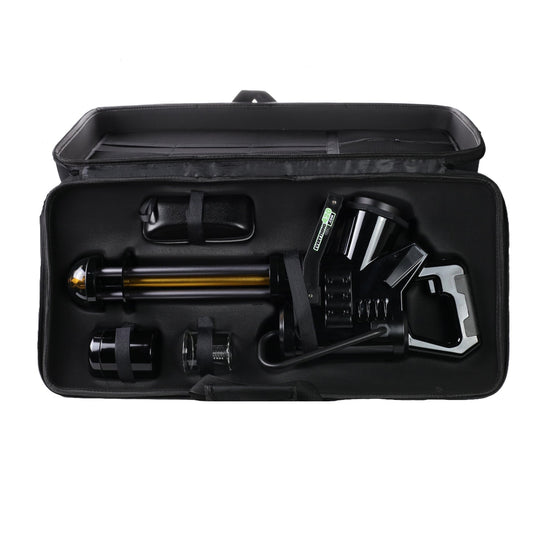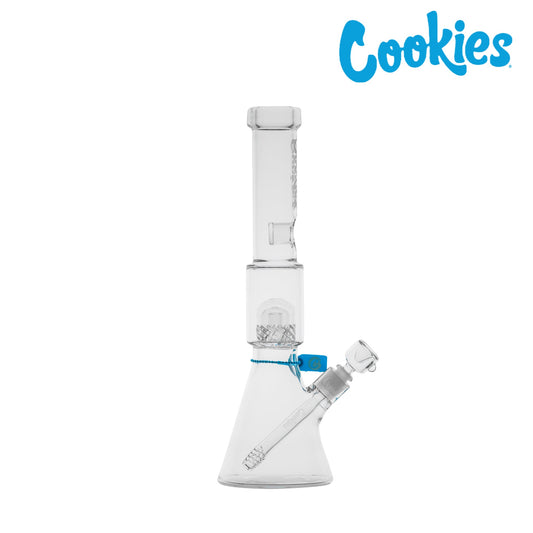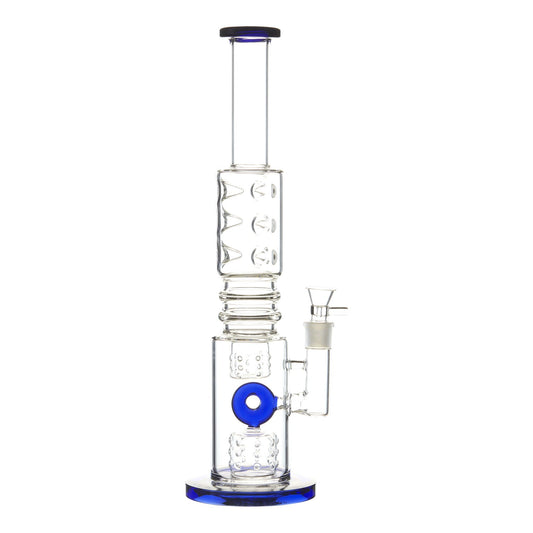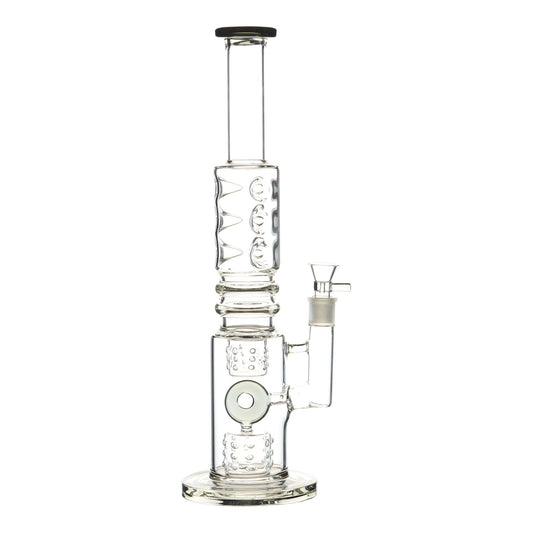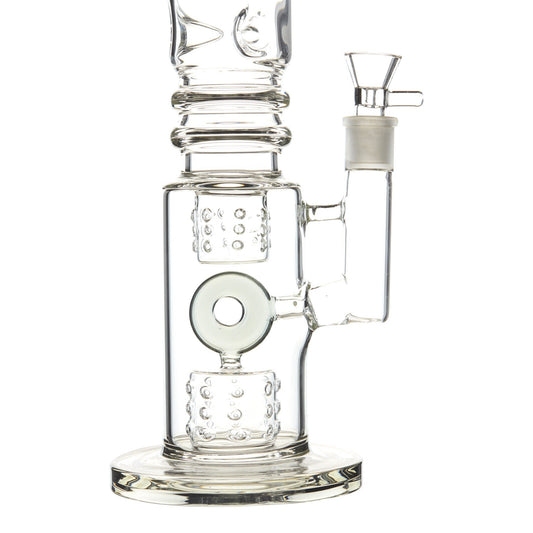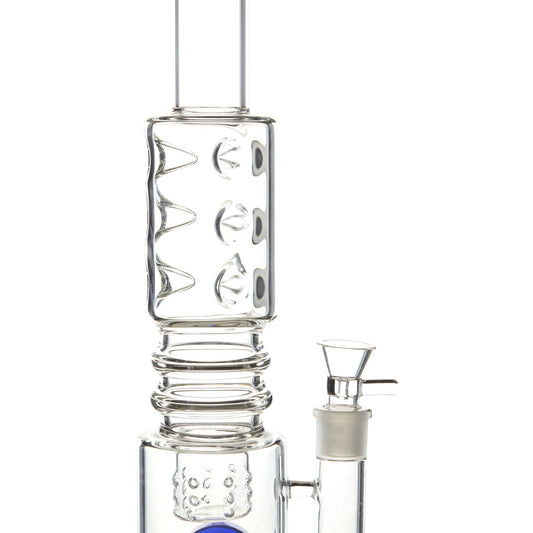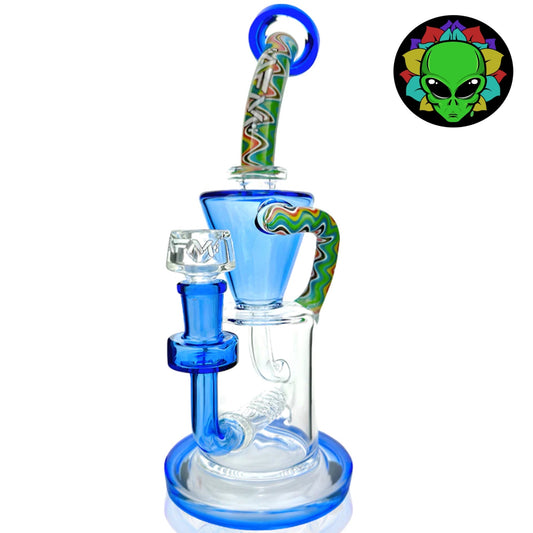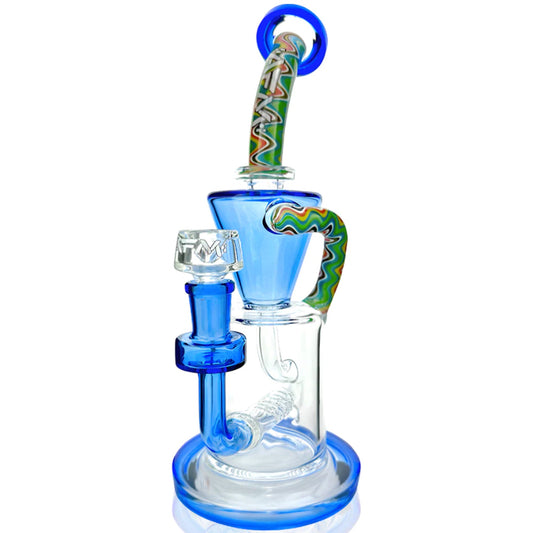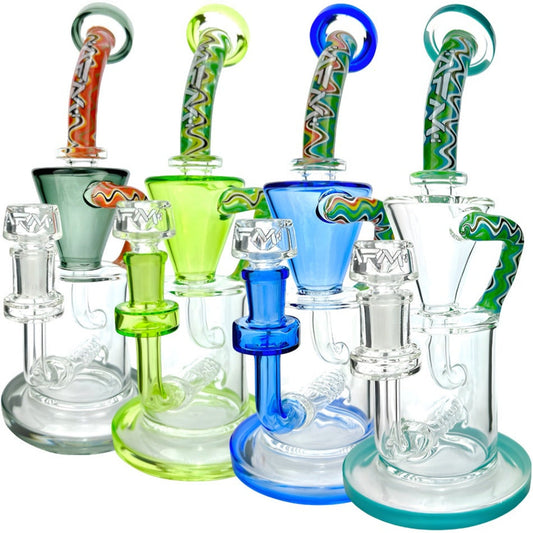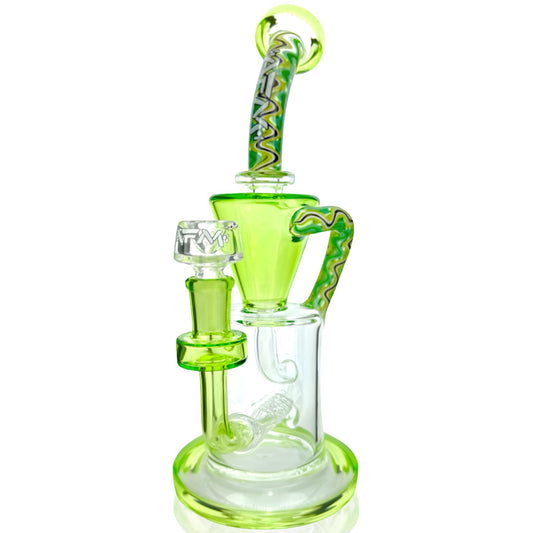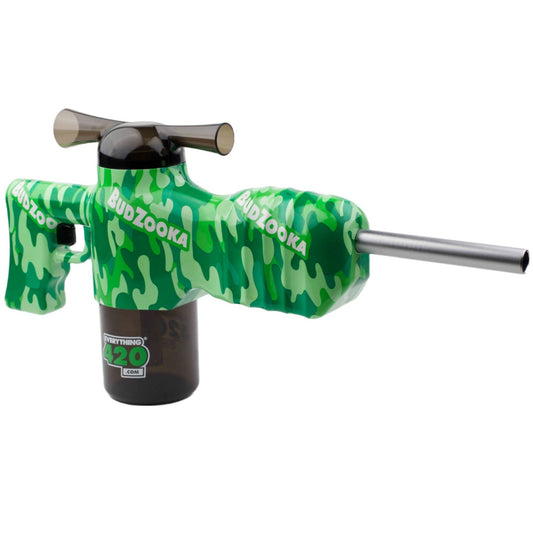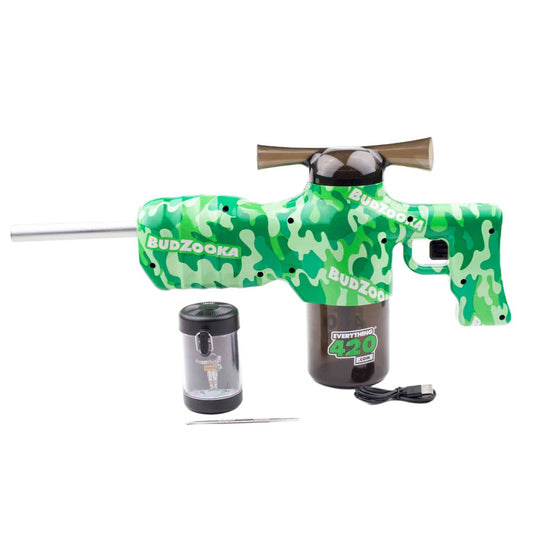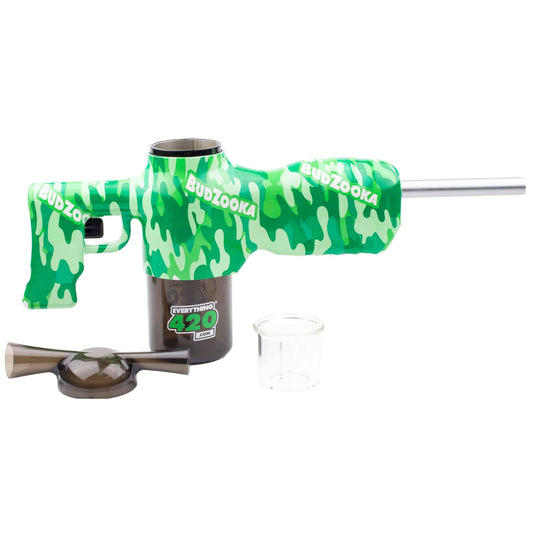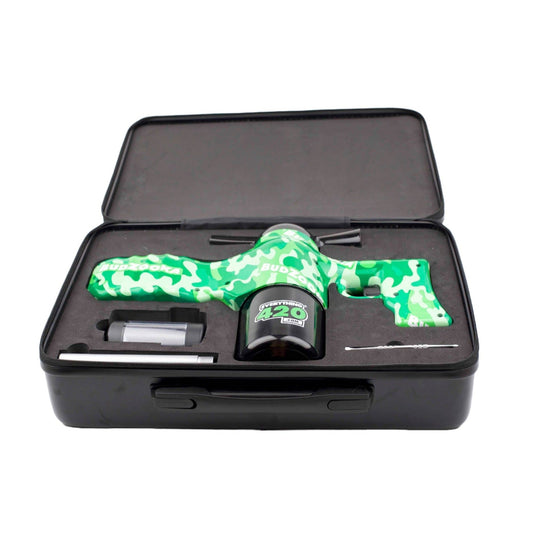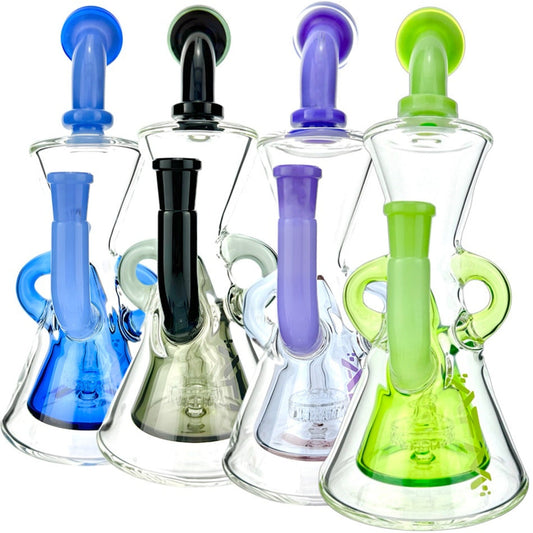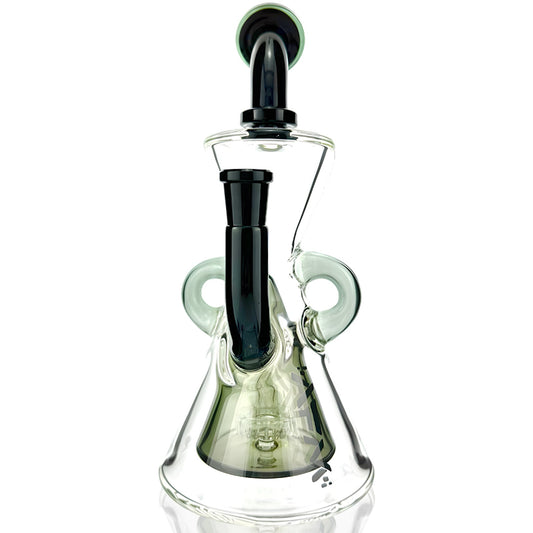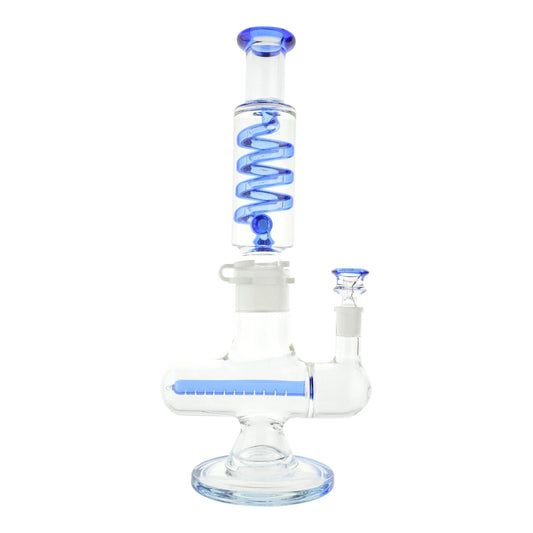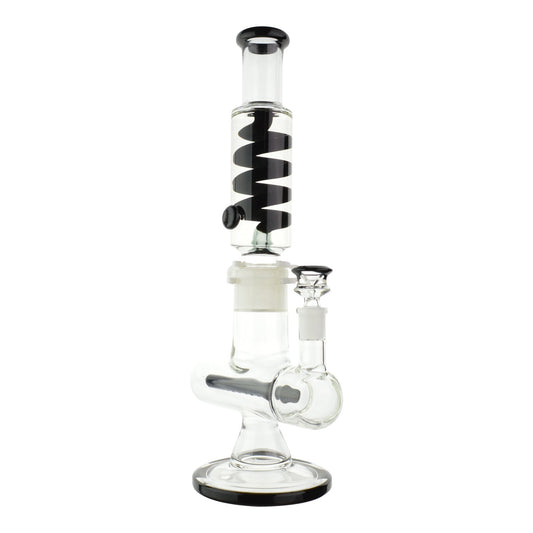With legalization and decriminalization spreading across the U.S. like wildfire, 420 brands, which are often founded by smokers themselves, have begun catering to the specific needs and wants of their stoners peers with a plethora of new types of smoking devices launched regularly. Seasoned tokers are typically set in their ways and stick to a specific method of lighting up, but there are constantly new, innovative smoking devices that make living the 420 lifestyle a whole lot easier (and cooler too!). Whether you’re new to the community or a long time stoner, this guide will help to clarify the pros and cons of these devices and run through the most common types available including average price points.
Why try different smoking devices?

There are many different types of smoking devices available with innovative products entering the market every year that are geared towards making the entire process easier and focus on the evolving needs of modern stoners. Each type of smoking device is unique in its own way and will affect not only the overall experience of the smoker, but also the quality and quantity of the smoke produced. Most 420 enthusiasts enjoy testing out different strains from the dispensary shelves, but forget that there are many methods of consumption and smoking devices as well. While this may be a scary thought for someone who only uses bongs for example, nearly all new smoking devices are based on tried and true classics and just give them an upgrade in form (style, design) or function (easier to use, better smoke production, etc.). Both newbies and experienced stoners will benefit from taking some time to experiment with different types of smoking devices to find out which is the best fit for their preferences and smoking style.
Different types of smoking devices
All smoking devices fall into two main categories based on the smoking material, devices compatible with legal dry herb and those for use with concentrates. Today, there are a few dual-use smoking devices (typically vaporizers) that can be used by those that partake in both flower and extracts. From there, smoking devices can be further categorized in several different ways such as electric (vaporizer, dab pen, e-rig) vs traditional (hand pipe, water bong, dab rig, etc.) or water filtration vs no filtration. Let’s get into it!
Types of smoking devices for legal dry herb
Dry herb has been smoked for ages and when it comes to the 420 community, flower is the first thing that comes to mind. Some types of smoking devices like water bongs and joints are a classic, where dry herb vaporizers are newer to the game.
Bong

A tried and true stoner favorite, bongs have been used since ancient times for partaking in flower. They are a type of water pipe that unlocks the full potential of water to aerate, filter, and percolate the smoke resulting in smoother bong rips and less harshness on the throat. Bongs are made from wood, heat-safe silicone, ceramic, metal, and plastic, but by far the most popular are blown from flavorless borosilicate glass. There are many different kinds of bongs to choose from including mini bongs, giant bongs, recyclers, beakers, straight-shooters, and percolator bongs. With such a wide range of designs available, the price of bongs can vary widely. For example, a cheap mini bong can cost $20 or less, while a one-of-a-kind heady glass bong will run into the thousands. Bong lovers prefer this type of smoking device because of its smooth and direct hits, massive smoke production, ease of use, and near immediate high.
Pros:
- Can produce giant plumes of smoke
- Filtration, aeration, and cooling power
- Great for passing around a group of friends
- Will get you blazed quickly
- Lots of materials, types, and designs to choose from
Cons:
- Not travel-friendly
- Interior features like percolators can be very fragile
- Requires water
- Multiple pieces required (e.g. bong bowl)
Dry pipe

The term dry pipe refers to any smoking pipe that doesn’t use water. This includes hand pipes and one hitters, also called bats, tasters, or oneys. Pipes can be made from almost anything such as wood, metal, glass, ceramic, crystals, silicone, and even fruits. Because they don’t use water, dry pipes are infamous for their harsh hits, however they are discreet and extremely portable for those who smoke on the go. Unlike bongs, which have removable bowls, pipes have built-in bowls and users control the airflow with a carburetor hole. A few types of smoking pipes include spoon pipes, steamrollers, character pipes, sherlock pipes, one hitters, mug pipes, and multiple bowl pipes. One hitters are the smallest and most budget friendly of the bunch with some styles costing less than $5, while the average dry pipe is between $40 to $70.
Pros:
- Easy to pass
- Discreet size
- Bowl is built-in
- Does not require water
- Travel-friendly design
Cons:
- Smaller and harsher hits
- Typically no filtration, aeration, or cooling (see Genius Pipes)
Bubbler

Bubblers are another type of water pipe that spans the gap between the harsh hits of a dry pipe and the large size of a bong. These smoking devices are smaller than the average bong making them great for travel. Unlike dry pipes, they have a water chamber where smoke can accumulate, filter, and cool down before being inhaled. Available styles include percolator bubblers, hammer, sidecar, sherlock bubblers, double bubblers, and joint bubblers designed to fit a joint instead of having a bowl. There are even bubbler attachments for bongs, e-rigs, or dab rigs. Expect to pay anywhere between $20 and $65 for the average bubbler.
Pros:
- Portable size
- Larger rips than a dry pipe
- More comfortable hits than a dry pipe
- Slight water percolation, aeration, and cooling
Cons:
- Smaller and harder hits than a bong
- Percolators can be fragile
Rolling

While technically not an actual device, rolling is a big part of stoner culture and a go-to method for many smokers. Amongst 420 enthusiasts, rolling is considered an art form and takes lots of trial and error to produce the perfect pinner or cone, but once that is accomplished, there’s no better feeling. Rolling is the general term used for joints, blunts, and spliffs since the smoking material is rolled between the fingers with rolling papers. There are numerous types of rolling papers and blunt wraps, even flavored ones to add a little kick of excitement to any smoke sesh. Rolling papers are available in packs of King or 1 ¼ size and usually cost roughly $2 per pack. Pre-rolled cones that just need to be filled are the easiest way to make a lot of joints at once.
Pros:
- Light up anywhere
- Discreet to use
- Small and lightweight to transport and carry
- Different types of rolling papers and blunt wraps available
- No water needed
Cons:
- Several pieces of equipment required (rolling paper, tips, rolling tray, lighter)
- Can be difficult to roll in certain conditions such as high winds or rain
Dry herb vaporizer

The newest invention for legal dry herb users is the dry herb vaporizer. All vaporizers have a built-in heat source that gets rid of the need for a lighter because let’s be real, they always get lost or stolen anyway. Slightly larger than a vape pen that uses cartridges, dry herb vaporizers use an oven, which is packed like a bong bowl. The smoke produced is light, smooth, and extremely comfortable to hit. All smokers need to do is choose a temperature setting based on their preferences and quantity of smoke desired and the vape works its magic. Dab pens and flower vapes all require regular cleaning to get the most out of the device. For stoners who consume legal dry herb and concentrates, try a dual-use vaporizer that allows users to switch back and forth between the two smoking materials using a special insert. A dry herb vaporizer isn’t cheap, but replacement parts make the device last a lot longer. Budget anywhere between $150 to $300 depending on the brand.
Pros:
- Lightweight and portable
- Durable for travel
- Ultra smooth vapor that’s comfortable on the throat
- No lighter or open flame needed!
- Smoke any flower and strain
Cons:
- Some say it uses up more flower than other smoking devices
- Can be difficult to clean
- Battery can run out
- Can be pricey
Types of smoking devices for concentrates
Extracts have skyrocketed in popularity and with potency that packs a punch, it comes at no surprise. To enjoy, concentrates need to reach very high temperatures to vaporize, thus requiring a specialized set of tools that are different from those mentioned above for smoking legal dry herb. The original smoking device is the tabletop dab rig, however there are a few other ways to partake in extracts that have made the process of dabbing a lot simpler and more travel-friendly.
Dab Rig

What the bong is for flower, the dab rig is for concentrates. This essential piece of glassware for 710 connoisseurs may look like a bong, but there is one big difference, the bowl is swapped out for a dab nail. Dab rigs are a timeless way to enjoy extracts since they give the user full control, produce large plumes of vapor, and retain lots of flavor. Glass dab rigs require several specialized pieces of equipment like a dab tool, carb cap, and scorch torch to use, in addition to very high temperatures. It takes some practice (and wasted extracts) to get the proper heating and cooling cycles down, but that’s what so many stoners love about dabbing. Dab rigs cost about the same as water bongs.
Pros:
- Flavorful, massive clouds of vapor
- Control the entire process including the temperature
- Best tasting dabs
- Uses water filtration and aeration
- Instant high
Cons:
- Requires several pieces of specialized equipment to use (dab tool, banger, carb cap, dab torch, etc.)
- Not travel-friendly
- Uses water
- Requires very high temperatures and an open flame
Nectar Collector

One travel-friendly option for dabbing is a nectar collector, also called a dab straw or honey straw. These slim smoking devices have a unique (typically metal) tip that’s heated up using a dab torch then touched to cold concentrates. Maneuvering concentrates and portioning out a dose can be a challenge, especially when away from home, so being able to dab directly from the container is a game changer. There is still a learning curve when starting out with a dab straw since the device still requires an open flame and temperature cycles. Nectar collectors are usually more affordable than a full-sized dab rig, with prices ranging from $15 to $70.
Pros:
- Relatively easy to use
- Small discreet size
- Great for travel
- Dab right out of the concentrate container
Cons:
- Smaller and harsher hits
- No filtration or aeration
- Still requires dab torch and open flame
- Several pieces of equipment required
Dab pen

Once vaporizers entered the playing field, it was just a matter of time until the dab pen was invented. With bulky glass dab rigs being the norm, it was near impossible to dab on the go. The dab pen has changed that. Like dry herb vaporizers, dab pens are battery powered smoking devices with no open flame and an automatic heat source. Dab pens have a heating chamber designed specifically for vaporizing concentrates with the click of a button. There is almost no learning curve since users simply add an extract using a dab tool, select their preferred temperature setting, and the vaporizer does the rest! In addition to the portable nature of dab pens, these types of smoking devices produce the smoothest vapor around. But don’t be fooled, you’ll be baked in seconds. Dab pens cost anywhere from $60 to $400 depending on the features, materials used, brand, and battery life.
Pros:
- Easy to Use
- Simple and portable design
- No open flame
- Very soft, comfortable dabs
- Temperature cycles are controlled automatically
Cons:
- Smaller and sometimes less flavorful vapor
- Battery life
- Limited by minimum and maximum temperature settings
- Can be annoying to clean
Now it’s time to browse our virtual shelves and find the right type of smoking device for you! At EF420 we’ve got the latest bongs, dab rigs, e-rigs, vape pens, rolling papers, glass pipes, bubblers, vaporizers, and more!





